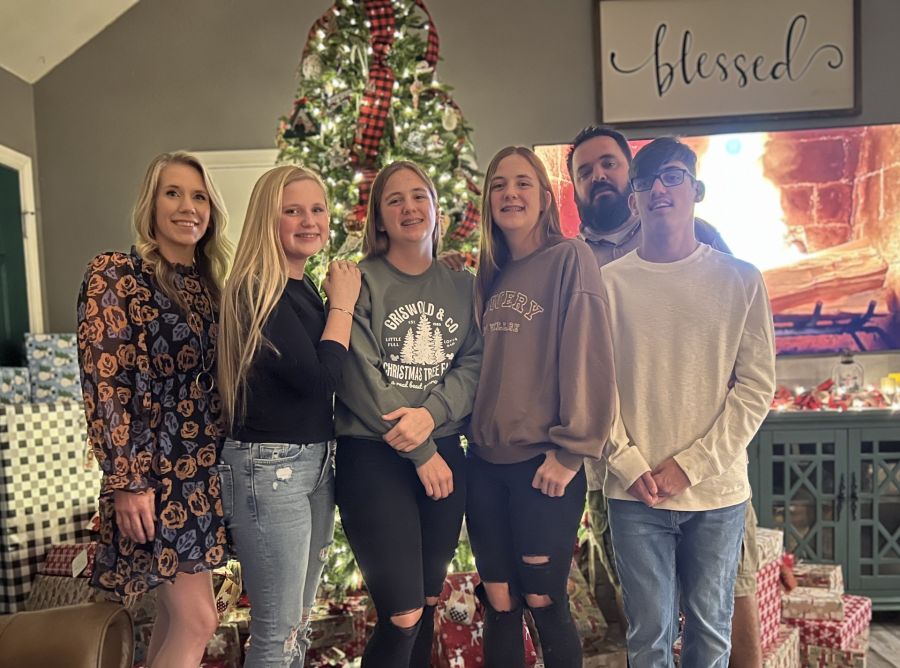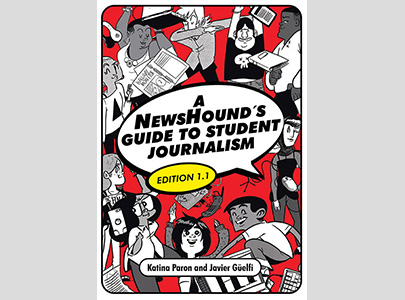How much time should you invest in training recent-graduate new-hires?
Carol Pierce
Oct 1, 2021
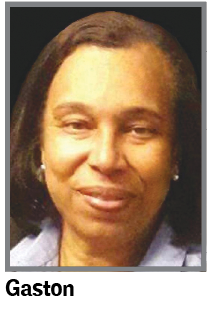
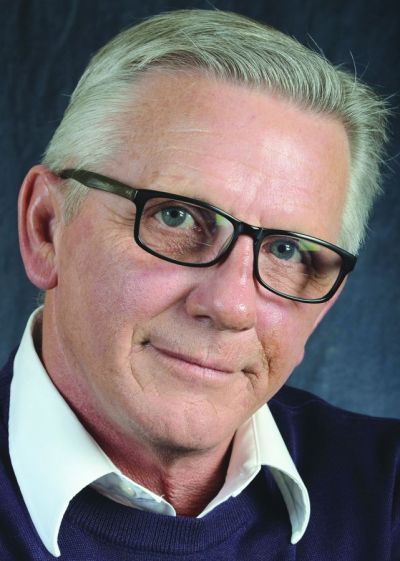

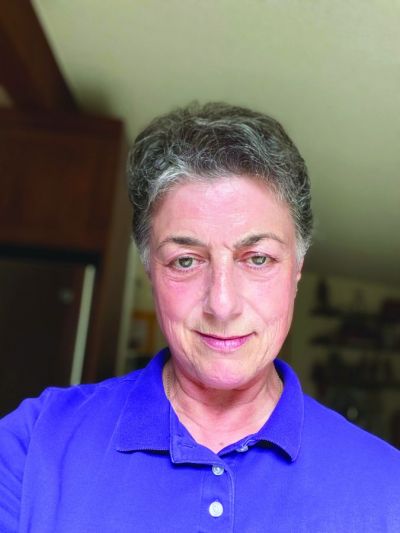


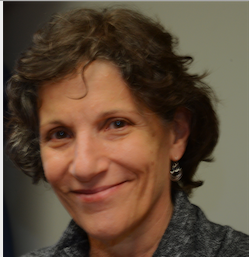
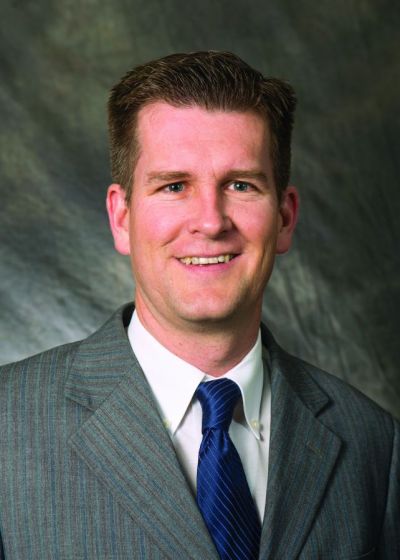
In the July installment (available here), Pub Aux explored the atmosphere around journalism schools — the support, acceptance and academic environments for the schools. In August (available here), we asked academic professionals about their students and instruction: how they create news-literate students. Now, we explore whether community newspaper publishers should expect to do more basic training of new hires.
OUR PANEL
- Patricia Weems Gaston, Lacy C. Haynes Professor of Journalism, William Allen White School of Journalism (WAW), University of Kansas, Lawrence, Kansas
- Michael D. Kennedy, journalism advisor, The Eagle, Chadron State College, Chadron, Nebraska
- Bill Ketter, senior vice president/news, CNHI LLC and former chairman/journalism department and professor of professional practice, Boston University, Boston, Massachusetts
- Diana Kramer, publisher/editorial adviser, The Daily, University of Washington, Seattle, Washington
- Eric Meyer, associate professor of journalism, University of Illinois, Urbana-Champaign, Illinois
- Jeffrey Riley, assistant professor/multimedia journalism, Georgia Southern University, Statesboro, Georgia
- Barbara Selvin, associate professor; director, internships and careers, Stony Brook University, Port Washington, New York
- Ed Carter, professor of communication, Brigham Young University, Provo, Utah
Pub Aux: The trend in journalism programs has heavily tilted toward mass communications, including corporate communication and public relations. Several of you mentioned in our July issue that communication classes are well-suited to the large class sizes demanded by today’s university economics. If small-class training for reporters and editors is shrinking, how will the students’ future skills be affected? Should publishers expect to do more basic training?
Patricia Weems Gaston: KU has a workable balance between large-sized communications classes as well as more manageable classes for editing and reporting. All of our students must take media writing for audiences, a large class, as you must be able to write and communicate clearly and concisely, whether you are in news or strategic communication. In the skills classes like statehouse reporting or multimedia reporting, instructors have an opportunity to work more closely with students, to help them become more adept at writing daily stories or using data to inform their reporting. KU is not shrinking this training. I also believe that publishers should do some training — you want the new employee to be on board with your expectations, style and the ability to hone more specialized skills such as data reporting.
Michael Kennedy: On small class training …
Fortunately for us, that’s not a problem. Our institution’s average enrollment over the 15 years I’ve been there is about 2,700. So, we aren’t faced with the challenges that large-class sizes present. In fact, my department colleagues and I are more worried about the opposite conundrum — enrollments (becoming) so low that classes don’t make.
The personal attention our students receive is an advantage for our program, the students enrolled in it, and the newspapers or news organizations that hire our graduates. It also has contributed to the success and recognition The Eagle has enjoyed over the past 14 years, and, we hope, continues to enjoy.
On publisher training …
At the risk of sounding a little flippant: not if they hire our graduates.
Kidding aside, the fact is that my colleagues nationwide and I are dedicated professional journalism educators, and despite the inherent challenges some might face with large class sizes, or any other issues for that matter, we’ll do our job, and do it with aplomb.
With the pace technology is changing, there will always be a learning curve with how to use it and how best to take advantage of it. But as far as basic training goes — news judgment, ethics, media law, interviewing, reporting, editing, design, photography, etc. — I believe ALL of us, regardless of our program size, have that covered, and covered well. So, no, I don’t think publishers need to worry about teaching those basics.
Bill Ketter: No matter the level of journalism studies, newspapers need to prioritize basic professional skills training, including thorough knowledge of how to compile and use databases.
Diana Kramer: Yes, the trend in classes has changed to more mass comm. But isn’t that where the jobs are? The number of reporters and editors has shrunk dramatically. And yet, each year we graduate some excellent candidates and some solid-but-not-flashy ones. Rather than sheer numbers, I think a bigger issue is that fewer graduates want to work in smaller communities. I know of many good newspapers a bit further away from Seattle that would be perfect first jobs. The new reporters would be well mentored and edited … and yet I can’t connect them. It’s frustrating. I don’t think they can make the finances work. Many don’t have cars, and with student loans, couldn’t buy one. Some don’t have driver’s licenses. They’ve done well at UW with a bus pass and the occasional Uber or Lyft.
As far as skills go, practical experience at campus newspapers, and internships help fill the void.
Eric Meyer: As a professor who also is a publisher, I find this key. Publishers are no more equipped to provide missing basic training than journalism schools are. With staffs slashed by corporate owners, newspapers need to hire journalists better prepared than even before. Most don’t have time or resources to send every new hire to seminars or establish mentorship or apprentice programs. If the entire industry is to avoid a death spiral, intervention is necessary. And that means changing the economics of the situation.
Universities these days are big on leadership and entrepreneurship, often in partnership with industries, with rewards measured in terms of accomplishment and contribution to public good. We need to begin viewing journalism education that way — as a loss center we invest in to elevate society as a whole. Creating partnerships between the academy and the industry to jointly operate such centers in the best traditions of such things as the Morrill Act for land-grant colleges and universities may be the long-term solution.
J-schools need to focus less on criticizing the media and more on helping it, and the industry needs to stop expecting J-schools to provide shock troops to throw at whatever the technological challenge du jour might be. In many ways, J-schools and publishers are working at cross-purposes at precisely the time when they should be banding together to attempt to create new models for economic stability within the profession.
Jeffrey Riley: Georgia Southern has a smaller program. All of our skills classes are hard-capped at 22 seats. Even our non-skills classes like media ethics rarely get more than 35 students before we make a new section.
Our multimedia journalism program is in a department with four other programs (public relations, multimedia film and production, communication studies and theatre), and each of them tend to have smaller classes. The only really big classes that our students take are gen-eds in other departments.
Barbara Selvin: Our skills classes remain small. ACEJMC accreditation caps our skills classes at 18 students. Changes to our curriculum have put a heavier emphasis on technology in early courses, leaving less time for hard-core reporting instruction. Journalism students need to master so many skills now that publishers may indeed find that new hires need support in one area or another, a trend that collides with newsrooms having smaller staffs and fewer veterans.
Ed Carter: We have a strong communication BA program with more than 800 majors. It’s one of the largest in the university. Included are students emphasizing advertising, public relations, general communication studies and journalism. Large classes of 50 or 100 students make sense for general mass media introductory classes, for example.
But we are keeping class sizes in journalism skills small. Our accrediting body, ACEJMC, requires those classes to have 20 students or fewer. BYU also does not have a model that rewards departments with more money based on credit hours taught. So we don’t have incentives to water down the quality of instruction. Certainly, they will still need some training in a professional newsroom.


